Predator- prey competition and symbiosis
By: HWC
Date Uploaded: 02/26/2020
Tags: homeworkclinic.com Homework Clinic HWC symbiosis predator prey lynx and snowshoe rabbits D. nasutum) P. caudatum talons commensalisms epiphytes Mutualism clownfish Parasitism
Predator-prey relationships occur when one species, the predator, kills and eats an organism of another species, the prey. This graph shows the cyclical nature of predator-prey relationships, in this case among populations of Canada lynx and snowshoe rabbits. If predation is without some limiting factors, the entire population of prey in a given area could be wiped out, which would in turn wipe out the predator population. This graph shows what happens when a test tube of the predator (D. nasutum) and prey (P. caudatum) are allowed to sit over a few days. Very soon, the predators eat all of the prey and then the predators starve. However, in a natural setting, the prey species will reproduce and even immigrate into the area. So, usually there is a steady food supply for the predators. However, prey species are not at the total mercy of the predators. Prey species have adaptations that limit predation by making the predators' job more difficult. Some examples are plants that are distasteful or difficult to eat, protective coloration allowing prey to hide, and prey with toxins and bright colors to warn away predators. Predators also have adaptations that will overcome the adaptations of prey species. These adaptations usually help the predator detect or catch the prey species. Some examples are eyes that can see well in low light, large ears that can detect small movement, or sharp claws or talons to grab the prey. The term symbiosis is used to describe relationships between species in which two organisms are intimately associated with one another. In particular, there are three different types of symbiosis. In commensalisms, the association is beneficial to one species, while the other species receives neither benefit nor harm, such as epiphytes living in trees in the jungle. The epiphytes are able to grow higher off the ground and get more sunlight. But, they do not affect the tree they are growing on. Mutualism describes a relationship in which both species benefit, as in the case of the clownfish and the sea anemone. The clownfish is protected by the stinging arms of the anemone and the anemone gains food from the larger fish that get too close trying to eat the clownfish. Parasitism is a relationship in which one species benefits while the other is harmed, as in for example the mosquito, which feeds on the blood of humans and other mammals to feed its eggs.
Add To
You must login to add videos to your playlists.
Advertisement



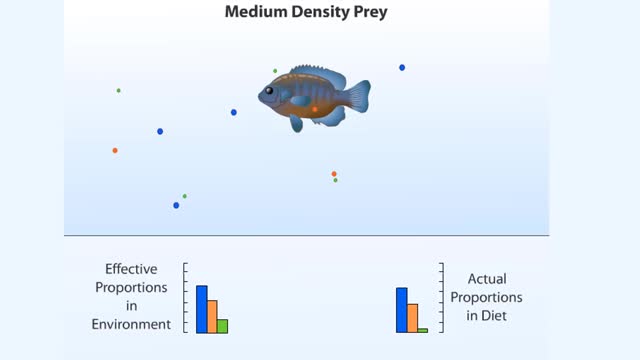
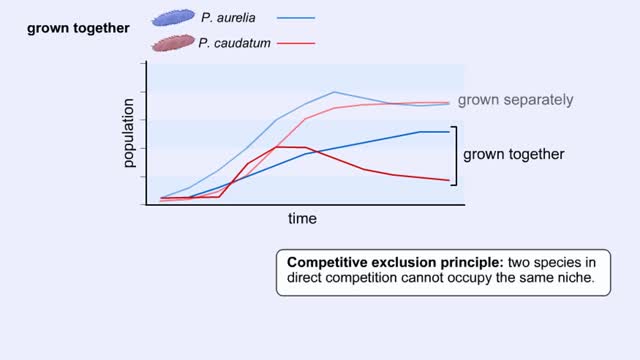
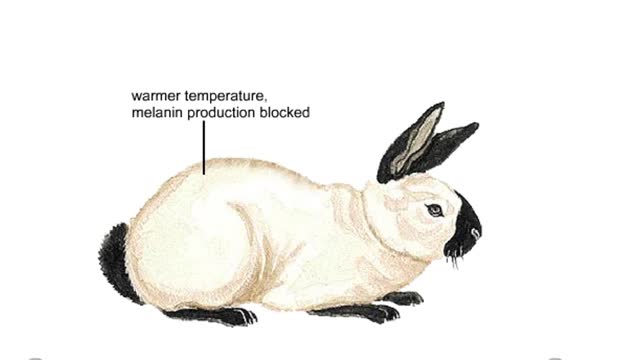
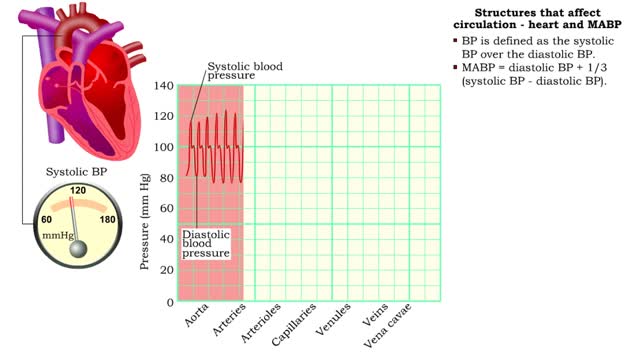
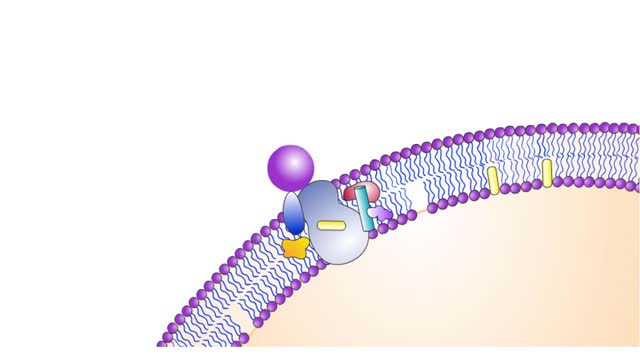



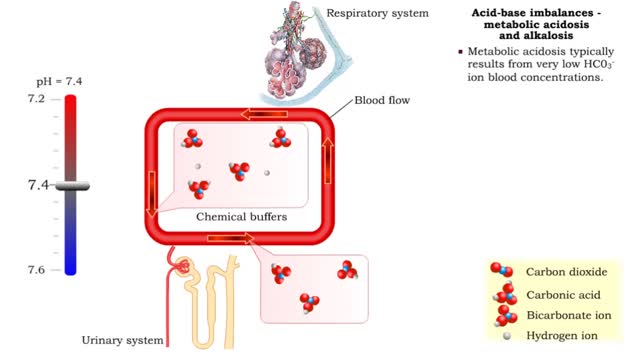
Comments
0 Comments total
Sign In to post comments.
No comments have been posted for this video yet.